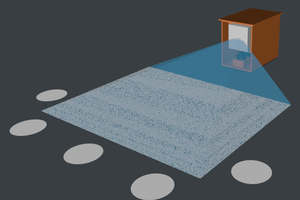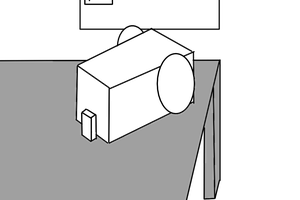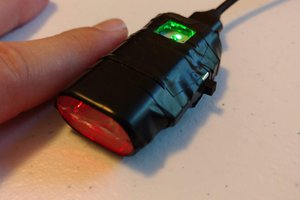In the American Time Use Survey Summary which was published by the Bureau of Labor Statistics in 2017, it was reported that 21 percent of Americans participated in sports, exercise, or recreation on an average day while also stating that the average amount of TV that 15-44 year old watched per day was around 2.0 hours. What if we could motivate those 1 in every 3 these Americans to exercise everyday in a fun way? Developing a project that integrates virtual reality games with biking can help people stay fit while having fun. The project involves sensing and tracking data from stationary bicycle, transferring the data stream into virtual reality space and using Unity software to render the bike simulation.
VR Integration in Stationary Bikes
I bring the outside... inside




 platis.solutions
platis.solutions
 Timescale
Timescale
 minifig404
minifig404
 Donovan M.
Donovan M.